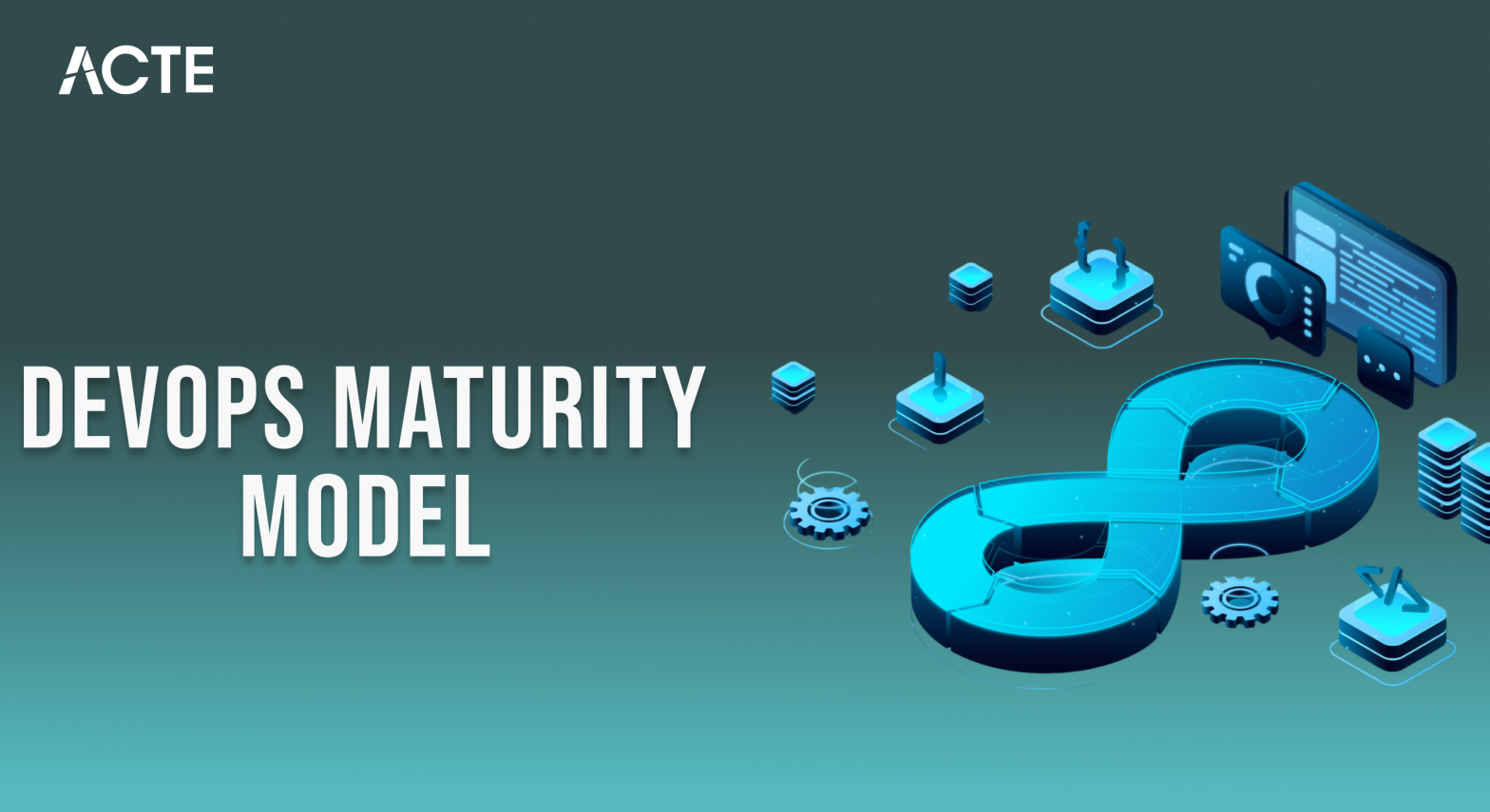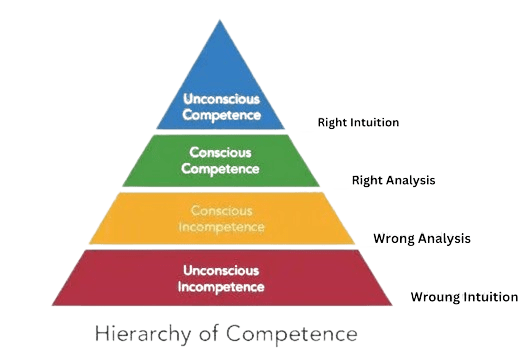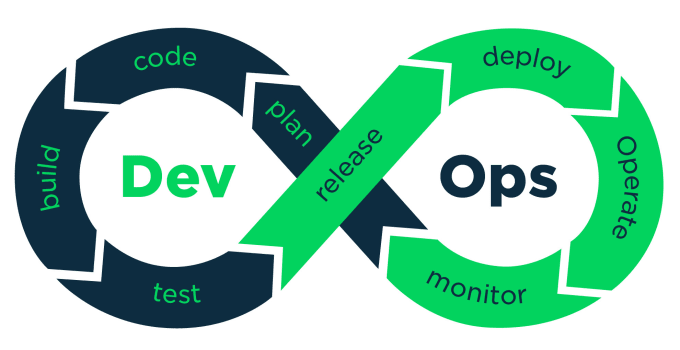
- Introduction to DevOps Maturity
- What is the DevOps Maturity Model?
- Stages of the DevOps Maturity Model
- Benefits of the DevOps Maturity Model
- Key Metrics for DevOps Maturity
- How to Assess Your Organization’s DevOps Maturity
- Moving Towards DevOps Excellence
- Conclusion
Introduction to DevOps Maturity
DevOps maturity refers to the level of an organization’s adoption, implementation, and optimization of DevOps practices. Devops Training measures how effectively teams integrate development and operations to achieve automation, collaboration, and continuous delivery. A mature DevOps environment ensures faster deployments, improved system reliability, and enhanced software quality. Organizations progress through various maturity levels, from initial adoption to full automation and continuous improvement. Assessing DevOps maturity helps identify gaps, streamline workflows, and maximize efficiency. By achieving higher maturity levels, businesses can accelerate innovation, reduce risks, and improve overall operational agility in an increasingly competitive digital landscape.
What is the DevOps Maturity Model?
The DevOps Maturity Model is a framework used to assess the level of sophistication and effectiveness in an organization’s DevOps practices. It provides a structured approach to help organizations evaluate their current state in terms of DevOps adoption and identify areas for improvement. The model typically consists of various stages that reflect the evolution of an organization’s ability to implement DevOps principles such as automation, collaboration, continuous integration (CI), continuous delivery (CD), and continuous monitoring. This model enables companies to measure their progress along the DevOps journey and helps them make informed decisions about how to optimize their development and operations processes. Devops Principles For Faster Software Delivery serves as a guide to help organizations transition from traditional siloed development and operations teams to an integrated, automated, and agile environment that delivers higher-quality software faster and more efficiently. By leveraging the DevOps Maturity Model, organizations can enhance security, improve system reliability, accelerate deployment cycles, and foster a culture of innovation, ensuring they remain competitive in an ever-evolving digital landscape.
Master Devops skills by enrolling in this Devops Online Training today.
Stages of the DevOps Maturity Model
The DevOps Maturity Model is generally divided into several stages, each representing a level of DevOps adoption. While the exact stages can vary by model, here is a common breakdown:
-
Initial (Ad Hoc or Fragmented)
- At this stage, DevOps is either not implemented or is only in isolated teams or departments.
- Development and operations work in silos, with minimal communication and collaboration.
- Automation is minimal, and manual processes are prevalent.
- There are no consistent CI/CD pipelines, and testing is often done late in the development cycle. Managed (Basic Automation)
- Some elements of DevOps have been adopted, such as basic automation of deployment and testing processes.
- Teams start to use version control systems and might have a rudimentary CI/CD pipeline in place.
- Collaboration between development and operations is still limited but beginning to improve.
- Metrics are used, but they are not yet fully integrated into decision-making. Defined (Integrated Processes)
- DevOps practices are more systematically applied across teams.
- Teams work in a more collaborative manner, with development, operations, and quality assurance sharing responsibility for delivery.
- CI/CD pipelines are well-defined, and automation is used to manage the build, test, and deployment processes.
- Monitoring and logging are in place to provide insights into application performance and issues.
- The organization starts implementing security as part of the Devops Automate Integrate Accelerate Delivery (DevSecOps).

-
Quantitatively Managed (Data-Driven Insights)
- Processes are highly automated and optimized, with continuous improvement through metrics and feedback loops.
- DevOps practices are standardized across the organization, with clear governance around workflows.
- Automation covers most areas, including testing, deployment, monitoring, and scaling.
- The organization uses data to make informed decisions and optimize processes for speed, quality, and efficiency.
- Security and compliance are fully integrated into the DevOps pipeline. Optimizing (Continuous Improvement)
- At this final stage, the organization has achieved full DevOps integration and automation.
- DevOps practices are continuously evolving, with frequent updates to processes and tools.
- There is a strong culture of collaboration and shared responsibility between development, operations, and security teams.
- Metrics, feedback, and monitoring drive constant improvements in quality, performance, and delivery speed.
- Innovation is encouraged, and the organization leverages cutting-edge technologies to maintain competitive advantage.
Benefits of the DevOps Maturity Model
The DevOps Maturity Model provides a clear roadmap for organizations to assess their current state and implement actionable steps for improvement, serving as a guide at any stage of their DevOps journey. As organizations progress through the maturity stages, they enhance automation, reduce manual interventions, and streamline workflows, leading to faster software delivery and more frequent releases. This advancement fosters better collaboration between development, operations, and other departments, creating a culture of shared responsibility and minimizing friction in the software delivery process. Additionally, increased automation, integrated testing, and continuous monitoring contribute to improved software quality, enabling organizations to detect and resolve issues earlier in the development cycle. Optimizing development processes further enhances efficiency by eliminating waste, redundant tasks, and inefficiencies, resulting in cost savings and better resource allocation. Ultimately, as organizations achieve higher DevOps maturity, Practices and Tools in Devops can deliver faster, more reliable, and higher-quality software, leading to enhanced customer satisfaction, improved responsiveness to user needs, and reduced downtime or service disruptions.
Enhance your knowledge in Devops. Join this Devops Online Training now.
Key Metrics for DevOps Maturity
To assess DevOps maturity, organizations must track various key performance indicators (KPIs). Here are some important metrics:
- Deployment Frequency: How often new features, fixes, or updates are released to production. A higher frequency of deployments indicates that the organization is automating and streamlining its delivery process. Frequent deployments help reduce the risk of large-scale failures and enable rapid iteration based on user feedback.
- Lead Time for Changes: The amount of time it takes to go from code commit to code running in production. Shorter lead times suggest a mature DevOps pipeline with automated testing, integration, and deployment. Faster lead times allow organizations to respond quickly to market demands and improve customer satisfaction.
- Change Failure Rate: The percentage of changes that result in failures or require remediation. A lower failure rate reflects the maturity of the testing and validation processes before deployment. Effective CI/CD pipelines and robust testing frameworks contribute to reducing failure rates and ensuring higher reliability.
- Mean Time to Recovery (MTTR): The average time it takes to restore a service after a failure. A mature DevOps environment emphasizes continuous monitoring, automated rollback, and fast recovery mechanisms. Lower MTTR indicates that teams can quickly diagnose and fix issues, minimizing downtime and business impact.
- Automation Coverage: The percentage of manual tasks that have been automated. A high level of automation indicates a more advanced DevOps maturity. Automation in infrastructure provisioning, testing, and deployment reduces human errors, accelerates releases, and enhances system reliability.
- Collaboration and Communication: Metrics that measure the effectiveness of collaboration between development, operations, and other teams. Understanding Python in Devops include the frequency of joint meetings, the number of shared goals, or feedback loops. Strong collaboration leads to faster problem resolution, improved efficiency, and a more cohesive DevOps culture.
- Security and Compliance: Metrics around the integration of security practices in the DevOps pipeline (DevSecOps), such as the number of vulnerabilities detected and resolved, and compliance status with industry regulations. Embedding security early in the development lifecycle ensures robust protection against threats and helps organizations meet regulatory requirements.
Want to lead in Cloud Computing? Enroll in ACTE’s Devops Master Program Training Course and start your journey today!
How to Assess Your Organization’s DevOps Maturity
To assess your organization’s DevOps maturity, start by evaluating your current development and operations processes. Determine whether teams are working in silos, the extent of automation in place, and if testing and deployment processes are standardized. Conduct a self-assessment using tools, surveys, or questionnaires aligned with the Devops Training to evaluate key areas such as automation, collaboration, security, and monitoring. Benchmark your organization’s performance against industry standards to gain insights into how well your DevOps practices align with successful organizations. Involve key stakeholders from development, operations, security, and other relevant teams to ensure all perspectives are considered and goals are aligned. Based on the assessment, identify gaps in current DevOps practices, focusing on areas that require improvement, such as manual processes, slow release cycles, or lack of security integration. Additionally, consider factors like cultural readiness, communication effectiveness, and adoption of DevOps best practices across the organization. Finally, develop an action plan with clear, actionable steps to address these gaps, setting both short-term and long-term goals for process improvement, increased automation, and optimized workflows. Continuously monitor progress, refine strategies based on feedback, and foster a culture of continuous improvement to enhance DevOps maturity over time.
Preparing for a job interview? Explore our blog on Devops Interview Questions and Answers!
Moving Towards DevOps Excellence
Achieving DevOps excellence requires a commitment to continuous improvement and the adoption of best practices. Here are a few tips to help move toward DevOps excellence:
- Embrace Automation: Automate as many tasks as possible, including testing, deployment, and infrastructure provisioning, to improve speed, consistency, and quality while reducing human errors and manual interventions. Utilize tools that enable end-to-end automation for seamless workflows.
- Foster Collaboration: Encourage open communication and teamwork across development, operations, and security teams. Azure Boards With Devops , establish shared goals, and create a culture of trust and transparency to ensure everyone is aligned and working toward common objectives.

- Continuous Learning: DevOps is an evolving field, and organizations must stay updated with the latest trends, tools, and best practices. Encourage continuous learning through training programs, hands-on experimentation, and knowledge-sharing sessions to empower teams with new skills.
- Integrate Security: Make security a priority from the beginning of the development lifecycle. Implement security best practices as part of the CI/CD pipeline (DevSecOps), conduct regular vulnerability assessments, and enforce compliance measures to ensure robust, secure software.
- Measure and Improve: Use key performance indicators (KPIs) and metrics to track progress, identify inefficiencies, and uncover areas for further optimization. Regularly review, analyze, and refine processes to enhance efficiency, reliability, and innovation in your DevOps practices.
Conclusion
In conclusion, the DevOps Maturity Model serves as an invaluable framework for organizations to assess and evolve their DevOps practices. By following the stages of the model, measuring key metrics, and focusing on continuous improvement, organizations can move toward Devops Training , enabling faster, more reliable software delivery and fostering a culture of collaboration and innovation. A well-defined DevOps maturity roadmap helps businesses identify bottlenecks, automate repetitive tasks, and enhance operational efficiency. As organizations progress through different maturity levels, they benefit from increased agility, reduced downtime, and improved security. By embracing a culture of learning, leveraging modern DevOps tools, and refining processes, companies can achieve seamless integration, scalability, and long-term business success.





